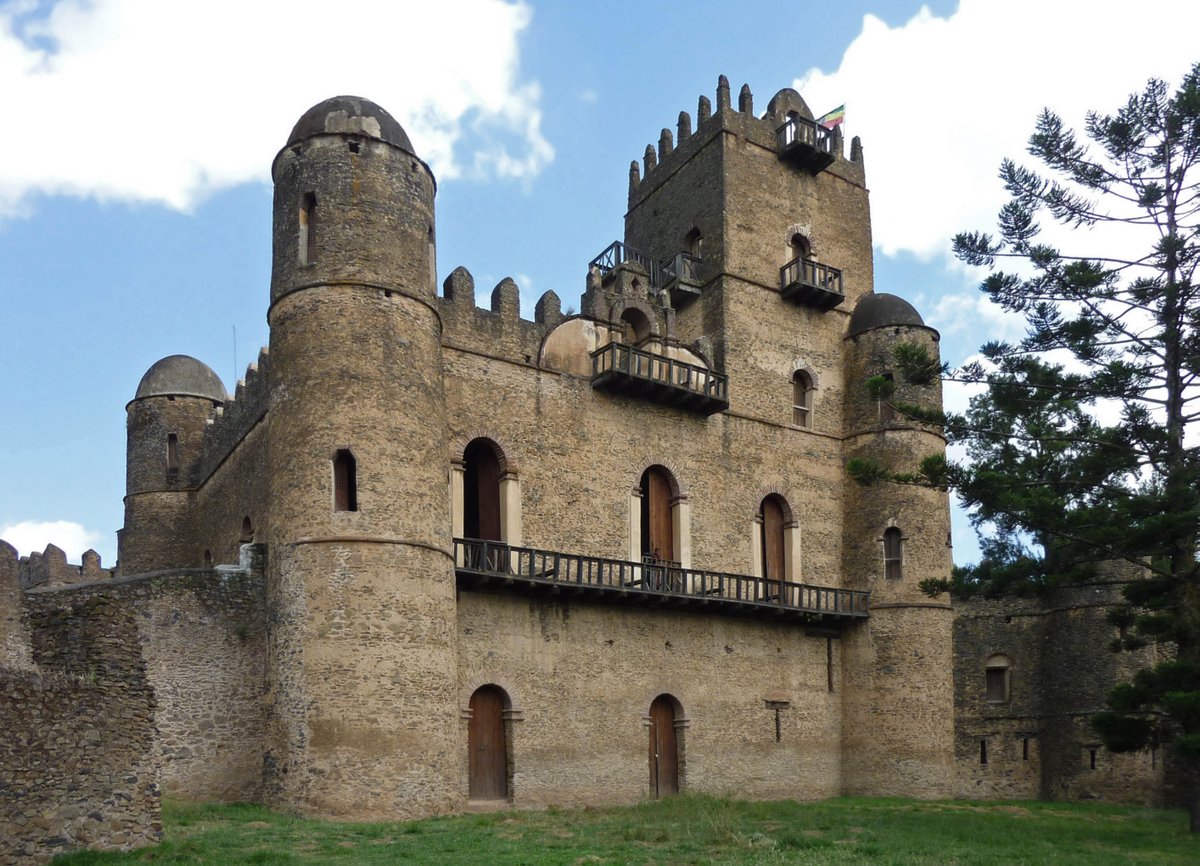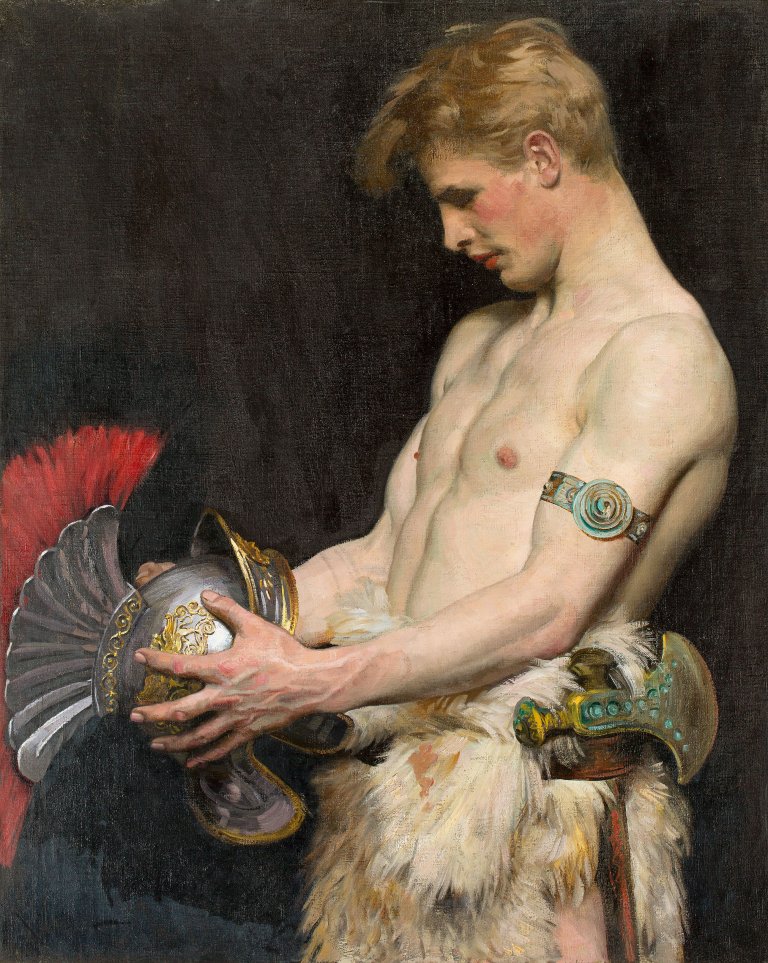Just saw this being shared, it's iffy in more ways than one, so here's a bit more info.
This is the Sebara Dildiy (which means broken bridge) across the Blue Nile and it shows the situation as it was over a decade ago.
This is the Sebara Dildiy (which means broken bridge) across the Blue Nile and it shows the situation as it was over a decade ago.

Although it looks ancient and is called a Portuguese bridge, it was built by order of Emperor Fasilides, an Ethiopian who built seven bridges, perhaps 44 churches and he also started construction of this aweseome Fasil Ghebbi fortress; 

The bridge has been damaged by floods several times and was repaired.
It was also damaged during WW2 by the Ethiopian resistance, on purpose, to stop Mussolini's soldiers from using it.
Which is pretty much the only acceptable reason for damaging something old.
It was also damaged during WW2 by the Ethiopian resistance, on purpose, to stop Mussolini's soldiers from using it.
Which is pretty much the only acceptable reason for damaging something old.

It would be expensive to repair this bridge and it might be broken again because of the flooding, so they just built a new bridge nearby.
Left the broken bridge, right the new bridge.
If you zoom out, you can see it's not an area with a lot of traffic.
google.com/maps/@11.21755…

Left the broken bridge, right the new bridge.
If you zoom out, you can see it's not an area with a lot of traffic.
google.com/maps/@11.21755…

But if you're like me, any walk it too much of a walk, so even though a charity set up specifically because of the original photo () built a new bridge nearby, the old bridge has also been repaired; bridgestoprosperity.org


So the bridge is not as old as it seems, was built by an Ethiopian emperor (well his labourers of course) and unlike the 'meme' suggests, has been rebuilt, several times.
Talking about Ethiopian bridges, these two were built in the 1940s and 2000s.
In short, the claim is iffy.


Talking about Ethiopian bridges, these two were built in the 1940s and 2000s.
In short, the claim is iffy.


PS; this is a good example of why sometimes fake history is not just a bit of harmless fun or a silly mistake, but actually dangerous and damaging, offensive and even supremacist racist nonsense.
Meanwhile in Europe... still not repaired!! ;)




Meanwhile in Europe... still not repaired!! ;)




PS just in case you want to set up some charity and come help those poor Europeans fix their neglected infrastructure, they are;
Pont Saint-Bénézet.
Acueducto de los Milagros.
Pont de Camarasa.
Gallego River.
Pont Saint-Bénézet.
Acueducto de los Milagros.
Pont de Camarasa.
Gallego River.
Little addition.
Updated & better google maps picture showing a modern bridge and the (still/again broken bridge):
Updated & better google maps picture showing a modern bridge and the (still/again broken bridge):

The Sebara Dildiy wiki page claims Italians destroyed the bridge.
But others claim Ethiopians did it to stop the Italians;
(pdf link)en.wikipedia.org/wiki/Sebara_Di…
thereporterethiopia.com/1166/
structurae.net/en/structures/…
ajhtl.com/uploads/7/1/6/…
But others claim Ethiopians did it to stop the Italians;
(pdf link)en.wikipedia.org/wiki/Sebara_Di…
thereporterethiopia.com/1166/
structurae.net/en/structures/…
ajhtl.com/uploads/7/1/6/…
Interesting detail; when the American organisation came to built a bridge, the about 8 Americans were assisted by more than 250 local residents.
books.google.co.uk/books?id=eDQEA…
books.google.co.uk/books?id=eDQEA…
Oh and the European bridges have still not been repaired ;)
• • •
Missing some Tweet in this thread? You can try to
force a refresh























